Projections of climate change impacts are likely to be varied and heterogeneous in India. Some regions, including Kashmir, will experience more intense rainfall and flood risks, while others, around central India, will encounter sparser rainfall and droughts including spatial shifts in the pattern of rainfall.
Jammu and Kashmir, situated in the northern part of the Indian sub-continent, falls in the great north-western complex of the Himalayan ranges. It is marked with relief variation, antecedent drainage, snow-capped peaks, and complex geological structures. Given its pristine topographical status, the impact of climate change and related disasters are predicted to be even more than the rest of India.
The Fifth Assessment Report emphasized the loss of ice from the glacial range while the Sixth Assessment Report has projected that the present glacial extents are already out of balance with the current climatic conditions. The report argues that glaciers will continue to shrink even without further temperature increase in the future. The report has informed of a significant impact on all Himalayan ecosystems, including that of Jammu and Kashmir.
Given its geographical genealogy, climate change is a serious concern for Kashmir. The Valley is presently on a carbon-oriented development path. But at the same time, it is vulnerable to climate variations owing to its fragile ecosystem. The likely projection of hydro-meteorological and geophysical hazards has the potential to disrupt ongoing growth strategies and exacerbate poverty amongst the vulnerable. Impacts of extreme climate events, such as enhanced glacial flow, cloud burst, and/or untimely dry and wet days, could result in loss of life, livelihoods, assets, and infrastructure. It can and will affect the Valley’s economic growth and initiatives meant to benefit the poor.
Vulnerability
Jammu and Kashmir, nestled in the fragile Himalayan ecosystem, experiences natural fluctuations in climate. However, human-induced changes due to large-scale urbanization have driven the warming trend to extreme ends. Climate change poses a serious threat to species diversity, habitat, forests, wildlife, fisheries, and water resources in the region. Many wetlands in Jammu and Kashmir, that support 20% of the known range of biodiversity, have already been adversely affected.
As per the INCCA assessment, in the Himalayan region, the number of rainy days in the 2030s may increase by 5-10 days on average. While an increase of more than 15 days may be seen in the eastern part of Jammu and Kashmir. The water yield in the Himalayan region, mainly covered by the Indus River, is likely to increase by 5%–20% in most areas. Some areas of Jammu and Kashmir are already showing an increase of up to 50% in comparison to the 1970s.
The intensity of rainfall will, in all likelihood, increase by 1-2 mm/day. This will have an impact on horticultural crops, though rangelands and livestock are likely to benefit. As per reports and researches, the rate of recession of glaciers has increased, which is being attributed to fluctuations in winter precipitation, climate warming, and anthropogenic interference. Temperature, precipitation, and cold waves are most likely to significantly impact the agricultural sector, further heightening its vulnerability.
A study by the Indian Institute of Science, using the Dynamic Vegetation Model, has revealed that about 39% of the forested grids are likely to undergo shifts in vegetation type, with a trend towards the increased occurrence of the wetter forest types. The alteration in temperature may lead to increased morbidity due to heat stress. Flash floods due to Glacial Lake Outburst Floods (GLOF) may lead to large-scale landslides and affect food security and nutritional health.
SAPCC – State Action Plan on Climate Change
To address climate mitigation from fossil fuel to non-fossil fuel-based economy by utilizing renewable energy sources, policies have been penned to achieve compliance. Keeping in view local vulnerabilities, the SAPCC identifies 11 National Missions, in contrast to the 8 missions identified at the national level, to promote development along with addressing climate change issues effectively. One of its missions is Disaster Management.
Disaster Management
Adverse impacts of climate change increase disaster risk on society. Disasters erode environmental and social resilience, increasing vulnerability to climate change. Moreover, climate variability is attributed to result in frequent and intensive disasters – with grave consequences on infrastructure, food security, and livelihoods of natural resource-dependent vulnerable communities.
Since both disaster risk (including climate-associated disaster risk) and climate-related vulnerabilities are likely to undermine economic sustainability and development, it is, therefore, planned that disaster risk management strategies and climate change adaptation planning should be integrated.
Recommendations
J&K is a multi-hazard prone region with natural disasters like earthquakes, floods, landslides, avalanches, high-velocity winds, snowstorms, besides man-made disasters including road accidents and fires occurring frequently, thereby disturbing the ecological balance and in most cases resulting in disastrous events.
Key priorities proposed under disaster management missions to subvert the impact of climate extremes are as follows:
-
Risk reduction through implementable planning and policy
-
Hazard risk mapping using GIS and remote sensing
-
Strengthening communication networks and disaster management facilities
-
Hazard specific multi-parameter vulnerability assessment and social impact assessment at the regional and local levels for preparing a contingency plan
-
Developing and promoting the concept of Climate Smart Disaster Risk Management (CSDRM)
-
Preparation of disaster rescue and rehabilitation plan
-
Awareness/Sensitization/Capacity Building
-
Community-based disaster management at all levels in the Disaster Management Plan
-
Disaster response training at the community level to build infrastructure and human resources for medical preparedness and emergency medical response to manage mass casualties during extreme climate events
-
Institutional development and operation of the regulatory framework for effective management of disaster under State Disaster Management Act 2005 for preparation of disaster response and management plan.
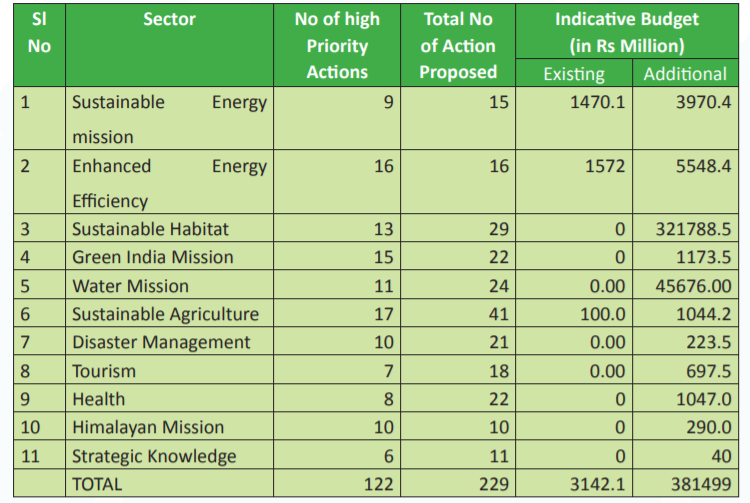
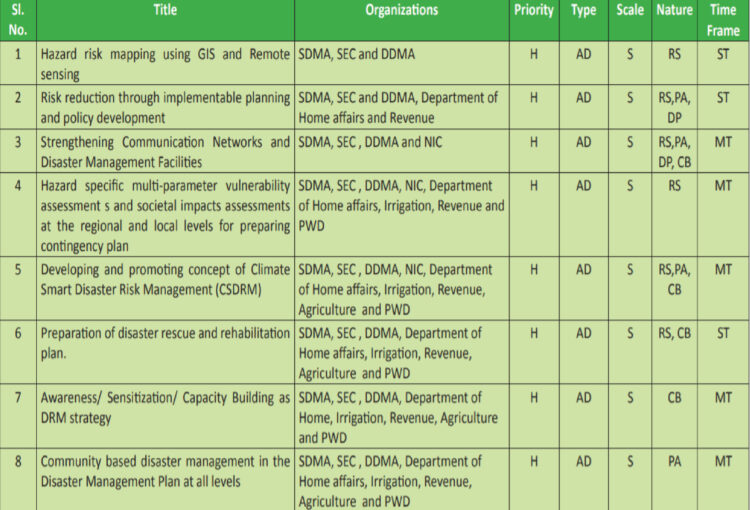
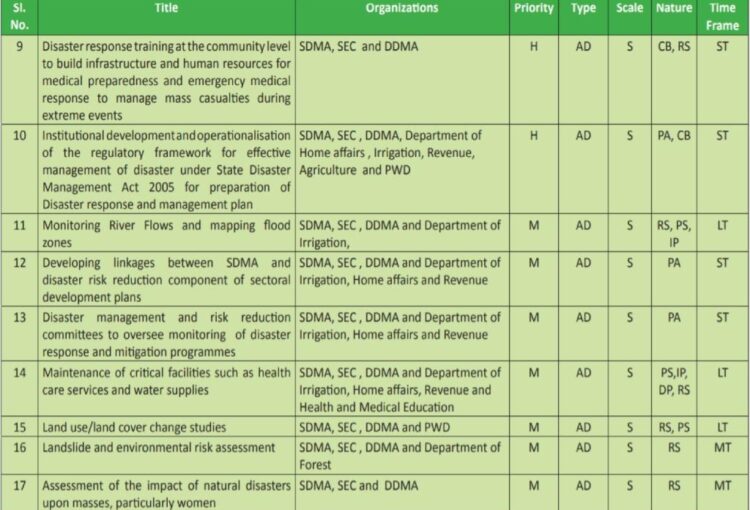
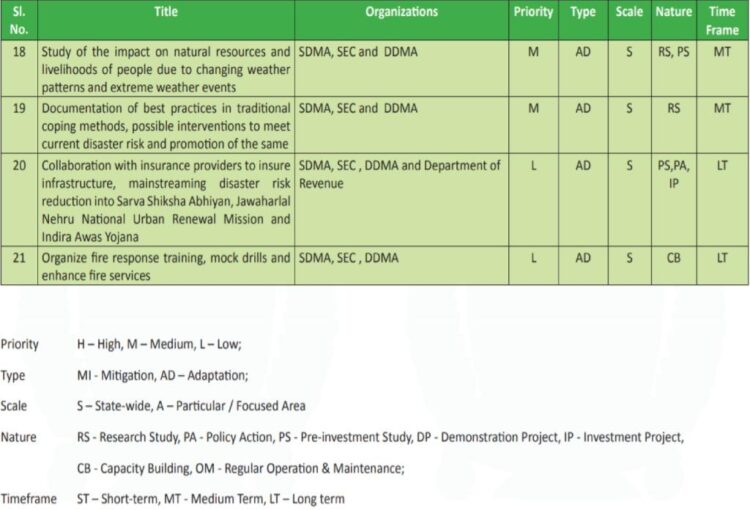
Preparedness till now
Two consultancy assignments to increase the disaster resilience of J&K and Ladakh have been recently commissioned by the Jammu and Kashmir government. These will increase the capacity of the UTs to respond immediately and effectively to any crisis. The project is being supervised by Jhelum and Tawi Flood Recovery Project (JTFRP). The first assignment, the Multi-Hazard Risk Assessment (MHRA) project, recently carried out elaborate hazard and risk estimations for J&K and Ladakh. Two applications, the first of their kind in J&K and Ladakh, have also been developed under this project. The applications are called DRDB (Digital Risk Database) and IOFS (Integrated Operational Forecasting System). The second assignment involves the commissioning of a Decision Support System (DSS). DSS for emergency response will be hosted at the State Emergency Operation Centre (SEOC) and the District Emergency Operation Centres (DEOCs) for efficient coordination during emergency scenarios, hazard monitoring, preparedness and mitigation planning, and damage assessment.
References




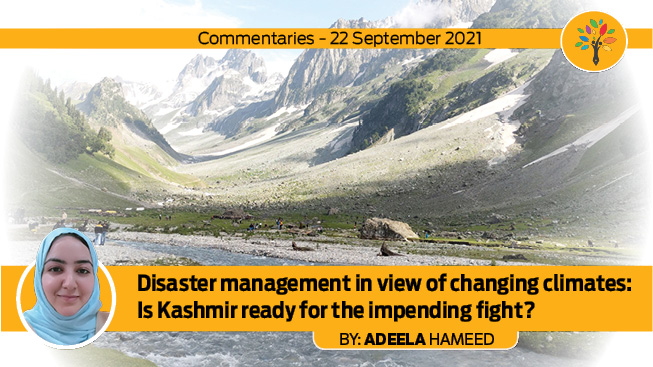
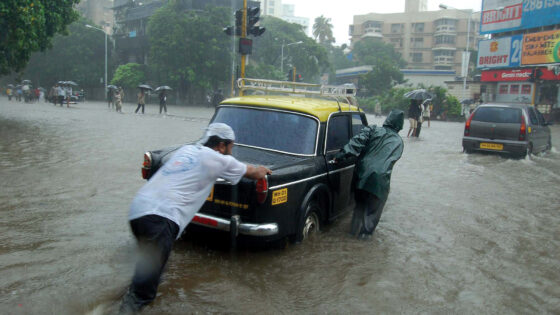


Leave a Reply
You must belogged in to post a comment.